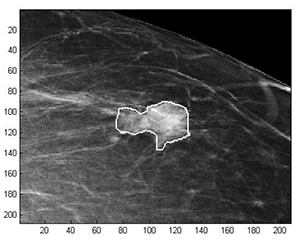Latest News Archive
Please select Category, Year, and then Month to display items
23 June 2023
|
Story Naledi Filita
|
Photo Supplied
 Naledi Filita is an nGAP Lecturer in the Department of Languages in Education.
Naledi Filita is an nGAP Lecturer in the Department of Languages in Education.
The University of the Free State (UFS) is celebrating Youth Month by showcasing the positive influence of the institution on career development. As part of this initiative, we are sharing the stories of UFS alumni who are now working at the university.
Naledi Filita, nGAP Lecturer in the Department of Languages in Education, shares her UFS journey:
Q: Year of graduation from the UFS:
A: 2016, 2018, and 2021.
Q: Qualification obtained from the UFS:
A: Bachelor of Education, Postgraduate Diploma in Education (Curriculum Studies), and Master of Education (Curriculum Studies).
Q: Date of joining the UFS as a staff member:
A: 2021.
Q: Initial job title and current job title:
A: Lecturer.
Q: How did the UFS prepare you for the professional world?
A: I started my career as a teacher in 2015 and was later appointed to my current job. The UFS has equipped me with the knowledge and skills that enabled me to be competent in my field in various contexts. My journey as a UFS student equipped me with crucial skills, such as critical thinking, communication, teamwork, and organisational skills.
Q: What are your thoughts on transitioning from a UFS alumnus to a staff member?
A: It has been a wonderful experience so far. I was once a student teacher at this university. Due to my experiences, being able to instil knowledge and skills in student teachers is something that I am passionate about. I am grateful for the developmental opportunities and support that I receive as a young researcher.
Mathematical methods used to detect and classify breast cancer masses
2016-08-10
 Examples of Acho’s breast mass
Examples of Acho’s breast mass
segmentation identification
Breast cancer is the leading cause of female mortality in developing countries. According to the World Health Organization (WHO), the low survival rates in developing countries are mainly due to the lack of early detection and adequate diagnosis programs.
Seeing the picture more clearly
Susan Acho from the University of the Free State’s Department of Medical Physics, breast cancer research focuses on using mathematical methods to delineate and classify breast masses. Advancements in medical research have led to remarkable progress in breast cancer detection, however, according to Acho, the methods of diagnosis currently available commercially, lack a detailed finesse in accurately identifying the boundaries of breast mass lesions.
Inspiration drawn from pioneer
Drawing inspiration from the Mammography Computer Aided Diagnosis Development and Implementation (CAADI) project, which was the brainchild Prof William Rae, Head of the department of Medical Physics, Acho’s MMedSc thesis titled ‘Segmentation and Quantitative Characterisation of Breast Masses Imaged using Digital Mammography’ investigates classical segmentation algorithms, texture features and classification of breast masses in mammography. It is a rare research topic in South Africa.
Characterisation of breast masses, involves delineating and analysing the breast mass region on a mammogram in order to determine its shape, margin and texture composition. Computer-aided diagnosis (CAD) program detects the outline of the mass lesion, and uses this information together with its texture features to determine the clinical traits of the mass. CAD programs mark suspicious areas for second look or areas on a mammogram that the radiologist might have overlooked. It can act as an independent double reader of a mammogram in institutions where there is a shortage of trained mammogram readers.
Light at the end of the tunnel
Breast cancer is one of the most common malignancies among females in South Africa. “The challenge is being able to apply these mathematical methods in the medical field to help find solutions to specific medical problems, and that’s what I hope my research will do,” she says.
By using mathematics, physics and digital imaging to understand breast masses on mammograms, her research bridges the gap between these fields to provide algorithms which are applicable in medical image interpretation.